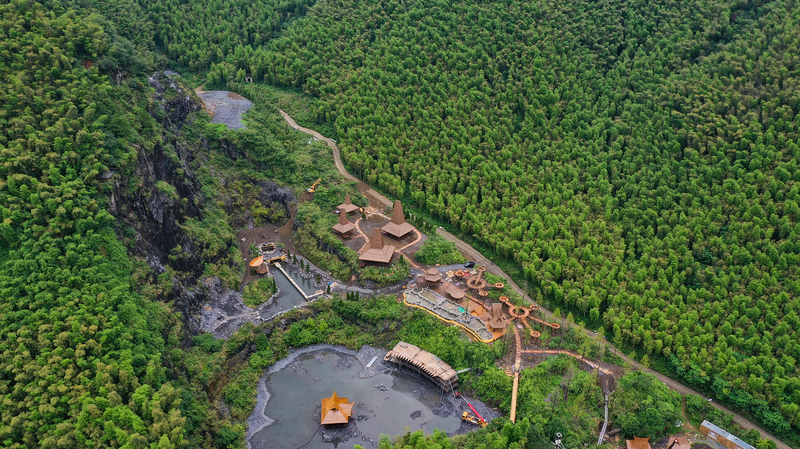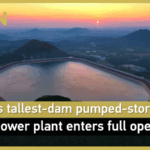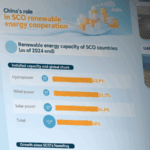When Erik Solheim, former UN Environment Programme chief, first experienced Beijing’s smog over a decade ago, morning runs seemed unthinkable. Today, he jogs past quiet electric vehicles and cleaner skies – a testament to China’s environmental transformation under President Xi Jinping’s ‘lucid waters and lush mountains’ vision.
From Village Slogan to Global Model
First articulated during Xi’s 2005 visit to Yucun Village in Zhejiang Province, the ‘two mountains’ concept has evolved into a national strategy. By 2024, China’s renewable energy capacity reached 1.89 billion kilowatts, with solar (887 million kW), wind (521 million kW), and hydropower (436 million kW) accounting for 56% of total power capacity.
Green Growth Goes Global
The philosophy now inspires international partnerships. In Kazakhstan’s Akmola Region, Chinese-built wind turbines produce 800 million kWh annually, cutting 650,000 tonnes of CO2. Through Belt and Road initiatives and South-South Climate Cooperation, China supports ecological projects in over 100 developing nations.
Redefining Development Paradigms
A CGTN global poll reveals 81.6% of respondents see the concept as breaking the ‘pollute first, clean later’ model. Tanzanian scholar Eliason Kaganga notes China’s solutions empower African communities, while U.S. economist Clifford Cobb praises its ‘win-win’ balance of ecology and economy.
From hosting landmark biodiversity summits to exporting clean tech, China’s approach demonstrates how environmental stewardship can drive sustainable progress – offering lessons for nations pursuing green modernization.
Reference(s):
How China's 'two mountains' concept shapes global green development
cgtn.com








